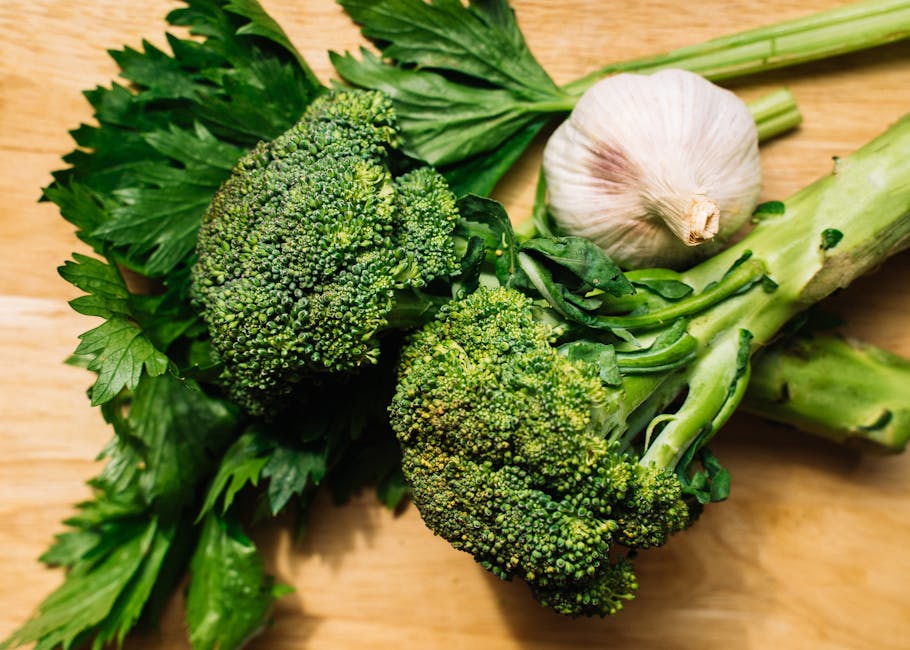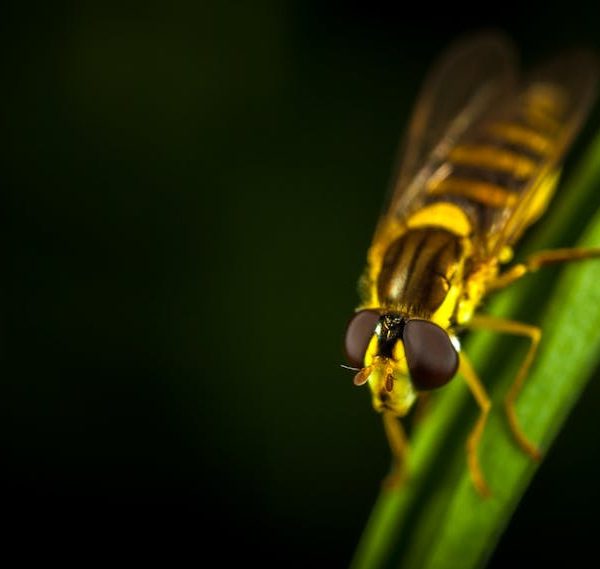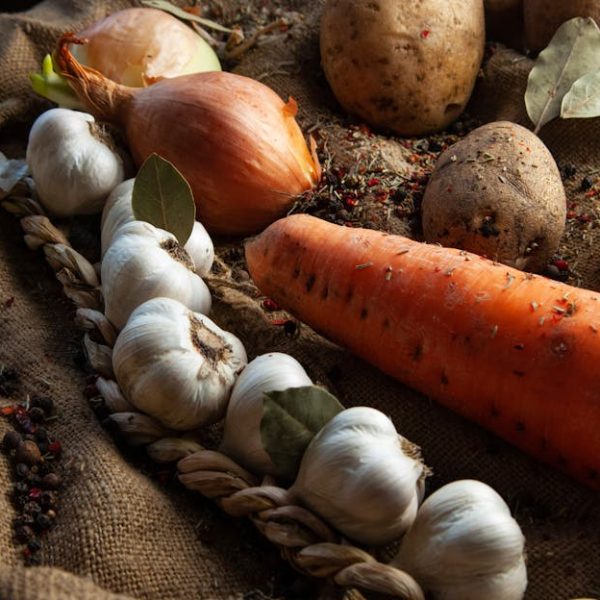Growing your own celery can be both rewarding and nutritious. However, for a successful harvest, it’s important to understand the full life cycle of the celery plant, and more importantly, pinpoint the optimal time to plant your celery seeds.
Understanding the Life-Cycle of Celery Plants
The journey of a celery plant, from germination to maturity, is a fascinating process. Each stage is affected by several factors, timing being a crucial one. The celery plant’s life cycle begins with seed germination, typically taking between 2-3 weeks to sprout. Following germination, the celery seedlings rapidly grow into full celery plants over 3-4 months. During this time, it’s vital to keep an eye on the plant’s progress and intervene as necessary.
Here are some pro tips to successfully identify each growth stage:
- Seedling Stage: Newly sprouted leaves are usually bright green and firm.
- Juvenile Stage: The plant starts to put out stalks, and increased watering becomes essential.
- Mature Stage: The stalks are crispy and strong, and the plant is ready for harvest.
Key factors affecting celery maturity include:
- Soil quality
- Watering frequency
- Sunlight exposure
- Timing of planting
Selecting the Optimal Time for Celery Seed Sowing
While celery can be planted throughout the year, the best time to sow celery seeds primarily depends on the regional climate. Most varieties thrive in cold weather; however, they require a long growing season and do not tolerate extreme temperatures. The ideal temperature for celery seed germination is around 60 to 70°F (15 to 21°C), coupled with ample daylight.
Here’s how the germination success rate varies with the time of planting:
| Planting Time | Success Rate |
|---|---|
| — | — |
| Spring | High |
| Summer | Medium |
| Fall | Low |
| Winter | Very Low |
To determine when to sow, watch for these signs:
- Soil temperatures consistently above 50°F (10°C)
- Longer daylight hours
- Stable weather conditions
Transitioning Celery Seedlings Outdoors
Transferring celery seedlings from indoor germination to outdoor growth is a vital step. This transition should ideally take place when the seedling has at least two true leaves. Also, ensure that the frost has passed and outdoor temperatures steadily remain above 50°F (10°C).
Best Practices for transitioning celery outdoors:
- Gradually expose the seedlings to outdoor conditions over a week to harden them off
- Transfer on a cloudy day or in late afternoon to avoid shock from the sun
- Ensure soil is well-drained and rich in organic matter
While transplanting offers several benefits, like giving your plants a head start, there might be potential challenges such as transplant shock and vulnerability to pests and diseases.
Maintaining continued Celery Plant Growth post-Transplant
Once the celery seedlings are successfully transplanted, nurture them further for healthy growth. Ensure consistent watering as celeries require relatively moist soil. Regularly supplement the soil with organic fertilizers rich in nitrogen and potassium for robust stalk growth. Also, find a sunny spot in your garden where your plants will get at least six hours of direct sunlight each day.
Here’s a post-transplant celery care checklist:
- Water your celery plants 1-2 times a week, depending on the weather.
- Fertilize the soil every 2-3 weeks with a balanced organic compost.
- Keep an eye out for pests and diseases. Practice crop rotation and use organic pesticides whenever necessary.
Useful tips to boost celery growth after transplantation:
- Celery plants love sunlight. Find the sunniest spot in your garden but provide some shade, if possible, during the hottest part of the day.
- To maintain moisture levels, use organic mulch around the base of the plant.
Harvesting Celery at the Right Time
Knowing when to harvest is equally important as knowing when to plant. A celery plant is generally ready for harvest when its stalks are about 6 to 8 inches high. However, based on your timing of planting, expect your harvest to be ready in about 3 to 4 months after transplanting.
Here is a step-by-step guide to harvesting celery:
- You can start harvesting when the plant reaches about 6 to 8 inches in height.
- Use a clean, sharp knife to cut the stalks, starting from the outside and working your way towards the inner stalks.
- Continue harvesting, as needed, until all stalks are cut.
Advantages of timely harvesting include maximizing yield, better tasting celery, and less chance of attracting pests. On the downside, early or late harvesting may lead to damaged plants and reduced yield. So, keep a close watch on your plants, and you’re sure to reap a healthy, tasty bunch of celery!
Key Takeaway:
- Understanding the life cycle of celery plants is crucial for successful planting and harvesting.
- The optimal timing for celery seed sowing mainly depends on the regional climate. The seed germination requires temperatures around 60 to 70°F (15 to 21°C).
- Transferring the celery seedlings outdoors should happen when the seedling has at least two true leaves, and the outdoor temperatures steadily remain above 50°F (10°C).
- Post-transplant care, including consistent watering, regular fertilization, and access to sunlight, is necessary for good celery growth.
- A celery plant is typically ready for harvest when it reaches 6 to 8 inches, generally 3 to 4 months after transplantation.
Growing celery successfully at home can seem challenging, but with detailed knowledge of its life cycle and care requirements, it becomes an attainable task. Green thumb or not, each one of us can nurture and enjoy fresh, organically grown celery. Pack patience with your seeds and look forward to a bumper harvest in no time!
FAQs
Q: Does celery need a lot of sunlight to grow properly?
A: Yes, celery thrives best in a sunny location where it can get at least six hours of direct sunlight each day.
Q: Can celery plants tolerate extreme temperatures?
A: While most varieties of celery thrive in cold weather, they do need a long growing season and do not tolerate extreme temperatures.
Q: How often should I water my celery plants?
A: It depends on the weather and soil type, but generally, you should water your celery plants 1-2 times a week. They require moist soil to grow healthily.
Q: How should I enrich the soil to boost celery growth?
A: You can use organic compost every 2-3 weeks. Look for ones that are rich in nitrogen and potassium to support the robust growth of celery stalks.
Q: What happens if I harvest celery too early or too late?
A: Harvesting celery too early or too late could damage the plant and reduce the yield.
Encourage your friends, family, and fellow garden enthusiasts to enjoy the joy of growing their own celery. Feel free to share this article and explore more helpful posts on our website!






